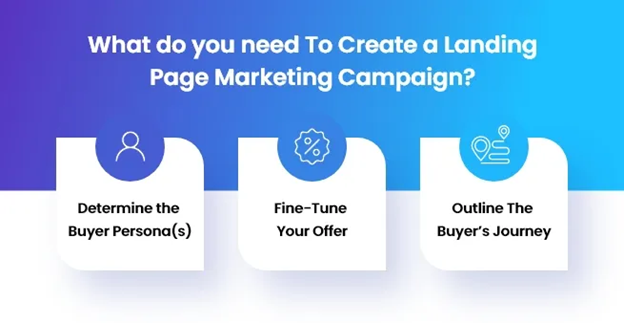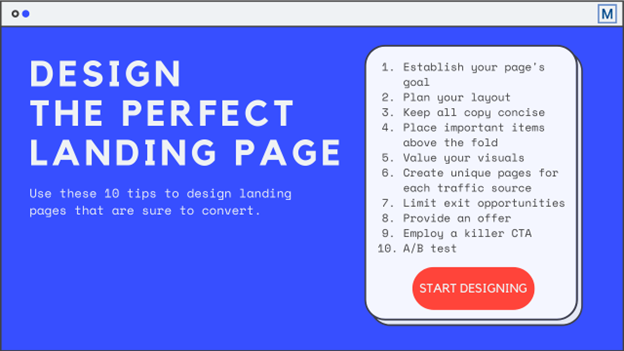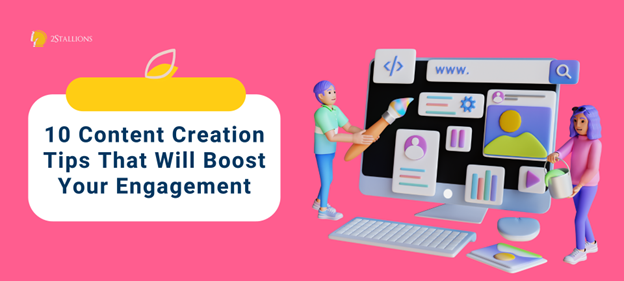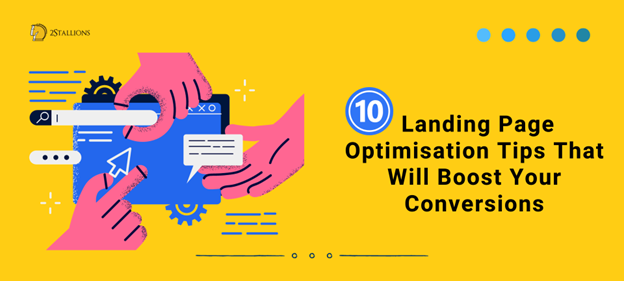SHARE

If you’re planning a new product launch, you know that a strong online presence is essential for success. A well-designed landing page is one of the most powerful tools in your digital marketing arsenal. In this article, we’ll explore the importance of landing pages for product launches and discuss the key elements to consider when creating your own.
[thrive_leads id=’8298′]
Understanding the Importance of Landing Pages for Product Launches
When it comes to launching a new product, first impressions count.A landing page acts as a virtual shop front, giving potential customers their first taste of your product. It serves as a focused entry point, providing visitors with all the information they need to purchase. A well-crafted landing page can dramatically increase your conversion rate and help you generate valuable leads.
But why are landing pages so crucial? Let’s explore this further.
A landing page is not just a random webpage. It is a strategic component of your marketing strategy, designed to capture the attention of your target audience and guide them towards taking a specific action. By directing traffic to a dedicated landing page, you can provide a targeted and personalised experience that speaks directly to your audience’s needs and interests.
Imagine you have a new product that you believe will revolutionise the market. You’ve invested time, money, and effort into developing it. Now, it’s time to showcase it to the world. How do you ensure that your product gets the attention it deserves? Well, that’s where a landing page comes in.Think of your landing page as a digital storefront. Just like a physical shop, it needs to be visually appealing, informative, and persuasive. It should entice visitors to explore further, learn more about your product, and ultimately, make a purchase.

The Role of Landing Pages in Marketing Strategy
Your landing page is a crucial component of your overall marketing strategy. It acts as a hub for all your promotional efforts, working in tandem with your social media campaigns, email marketing, and online advertising. By directing traffic to a dedicated landing page, you can provide a targeted and personalised experience that speaks directly to your audience’s needs and interests.
You’re launching a new fitness app. You’ve created engaging social media posts, sent out enticing email newsletters, and even invested in online advertisements. But where do all these efforts lead your potential customers? To your landing page, of course! On your landing page, you can showcase the key features of your app, highlight success stories from satisfied users, and provide a clear call-to-action that encourages visitors to download the app and start their fitness journey. Integrating your landing page into your marketing strategy creates a seamless and cohesive experience for your audience, increasing the chances of conversion and customer retention.
Key Elements of a Successful Landing Page
Now that we understand the importance of landing pages let’s delve into the key elements that make them successful. Firstly, your landing page should have a clear and compelling headline that grabs your visitor’s attention. This should be followed by concise and persuasive subheadlines that highlight the unique benefits of your product. You’re browsing the internet, looking for a new smartphone. You come across a landing page with a headline that reads, “The Smartphone of the Future: Experience Innovation Like Never Before.” Instantly, your curiosity is piqued. You want to know more about this revolutionary device that promises to redefine the way you communicate and interact with technology.
As you scroll down the landing page, you encounter subheadlines that emphasise the phone’s cutting-edge features, such as a high-resolution camera, long-lasting battery life, and seamless user experience. These subheadlines further fuel your excitement and make you seriously consider purchasing the product.In addition to powerful copy, visuals play a crucial role in capturing your audience’s interest. Incorporate engaging images, videos, and graphics that enhance your message and showcase your product in the best possible light.
Your fashion brand is launching a new clothing line. On your landing page, you include stunning images of models wearing your latest designs, showcasing the quality and style of your garments. You also embed a video that takes viewers behind the scenes of your fashion shoot, giving them a glimpse into the creative process and the story behind your brand.These visual elements not only make your landing page visually appealing but also help potential customers visualise themselves wearing your clothes, creating a desire to own them.
Furthermore, a successful landing page should have a strong call-to-action (CTA) that clearly guides visitors towards the desired action. Whether it’s making a purchase, signing up for a newsletter, or requesting a demo, your CTA should be prominently displayed and enticingly worded. Picture yourself as a software company providing a complimentary trial of your cutting-edge productivity tool. On your landing page, a prominent CTA button beckons with the enticing message, “Begin Your Free Trial Now!” Its vibrant colour and bold font ensure it’s unmissable. Clicking on this button seamlessly directs visitors to a registration page to swiftly sign up for the trial experience.
Having a strong and compelling CTA makes it easy for visitors to take the next step and engage with your product. Without a clear and enticing CTA, visitors may leave your landing page without taking action, resulting in missed opportunities for conversion. Landing pages are an essential tool for product launches. They provide a focused entry point for potential customers, showcase the unique benefits of your product, and guide visitors towards a specific action. You can create a landing page that captivates your audience and drives conversions by incorporating key elements such as compelling headlines, engaging visuals, and strong CTAs.

Planning Your Landing Page Design
Before you start creating your landing page, it’s important to set clear objectives. What is the main goal of your landing page? Is it to generate leads, make sales, or raise awareness? You can craft a landing page that aligns with your desired outcomes by understanding your objectives.
Setting Clear Objectives for Your Landing Page
When setting objectives, it’s essential to make them SMART (Specific, Measurable, Achievable, Relevant, and Time-bound). For example, instead of a vague objective like “increase sales”, a SMART objective would be “increase online sales by 20% within the next three months”. This clarity will not only help guide your design decisions but also allow you to measure your landing page’s success.
Identifying Your Target Audience
To create an effective landing page, you need to know your target audience inside out. Who are they? What are their pain points? What motivates them to make a purchase? By conducting thorough market research and developing detailed buyer personas, you can ensure that your landing page resonates with your audience and addresses their specific needs and desires.
Crafting Compelling Content for Your Landing Page
Now that you have a solid understanding of your objectives and target audience, it’s time to start crafting the content for your landing page. This includes writing persuasive headlines and subheadlines that instantly grab attention and communicate the unique value of your product.
Writing Persuasive Headlines and Subheadlines
Your headlines and subheadlines should be concise, compelling, and clearly communicate the benefits your product offers. Use action-oriented language and emphasise the value your product brings to potential customers. Remember, you only have a few seconds to capture your visitor’s attention, so make every word count.
Using Engaging Visuals to Support Your Message
In today’s visually-driven world, images and videos play a vital role in capturing your audience’s attention. Use high-quality visuals that showcase your product from different angles, highlight its features, and demonstrate its benefits. Be sure to optimise your visuals for fast loading times, as slow-loading pages can lead to high bounce rates.

Implementing Effective Call-to-Action (CTA) Strategies
Your call-to-action (CTA) is the gateway to conversions. It’s the point where visitors take the desired action that moves them further down the sales funnel. A well-crafted CTA can make all the difference in whether a visitor becomes a customer or simply clicks away.
The Art of Creating Compelling CTAs
When creating your CTA, be strategic in your wording and design. Use action verbs and create a sense of urgency to encourage immediate action. Experiment with different colours, sizes, and placement to find what resonates most with your audience. A/B testing can be a powerful tool to optimise your CTAs and improve conversion rates.
Positioning Your CTAs for Maximum Impact
Where you position your CTAs on your landing page can greatly impact their effectiveness. Place them strategically in areas where visitors’ attention is naturally drawn, such as above the fold or after key persuasive sections. Test different positions to find the optimal placement that generates the highest conversions.
Optimising Your Landing Page for Search Engines
To ensure your landing page reaches a wider audience, it’s crucial to optimise it for search engines. By incorporating search engine optimisation (SEO) best practices, you can increase your page’s visibility in search engine results and attract more organic traffic.
Importance of SEO in Landing Page Creation
SEO helps search engines understand the content and relevance of your landing page. You can improve your ranking in search results by conducting keyword research and integrating targeted keywords into your page’s meta tags, headings, and content. Additionally, optimising your landing page’s loading speed and mobile responsiveness contributes to a better user experience, which search engines prioritise.
Best Practises for Landing Page SEO
Incorporate internal and external links to reputable sources to enhance your landing page’s authority. Use descriptive alt tags for your images and optimise your URLs with relevant keywords. Focus on creating high-quality, informative content that engages readers and encourages them to stay on your page longer.
Creating effective landing pages for new product launches is a multi-faceted process. By understanding the importance of landing pages, planning your design, crafting compelling content, implementing effective CTAs, and optimising for search engines, you can create landing pages that captivate your audience and drive results. Remember, a well-designed landing page can be the catalyst for a successful product launch and the foundation for lasting customer relationships.
Frequently Asked Questions About Landing Pages
What Is the Difference Between Landing Page and Product Landing Page?
Landing pages are optimised for ad campaigns, providing the tailored experience necessary for conversions. Is the primary purpose of the page conversion? While product pages can inform browsing users and offer conversion options, landing pages prioritise conversions.
How Do You Pre-Launch a Product?
- Creating a landing page
- Coming up with a content strategy
- Practising link building
- Recruit influencers
- Create a promo video
- Host a launch event
- Establish a social media presence
- Generate buzz with social media
What Is the Difference Between a Website and a Landing Page?
As opposed to homepages and websites, which are designed for exploration, landing pages are customised to a specific campaign or offer and guide visitors towards a single call to action.
Do I Need a Website or Just a Landing Page?
You need both to make your online first impression really shine. In some situations, a website may be more effective than a landing page, and vice-versa. In this blog post, we’ll go through some of the most common situations to decide between a landing page vs website.
What Does a Landing Page Look Like?
A landing page offers a prospective customer a resource, such as an ebook or webinar signup, in exchange for their basic contact information. The goal of these pages is to generate leads while you pull prospects further into the customer funnel.














